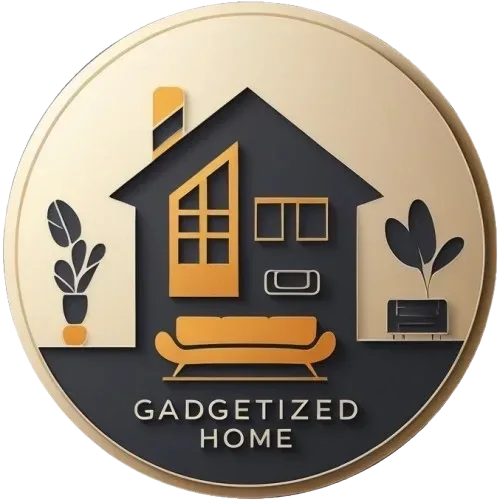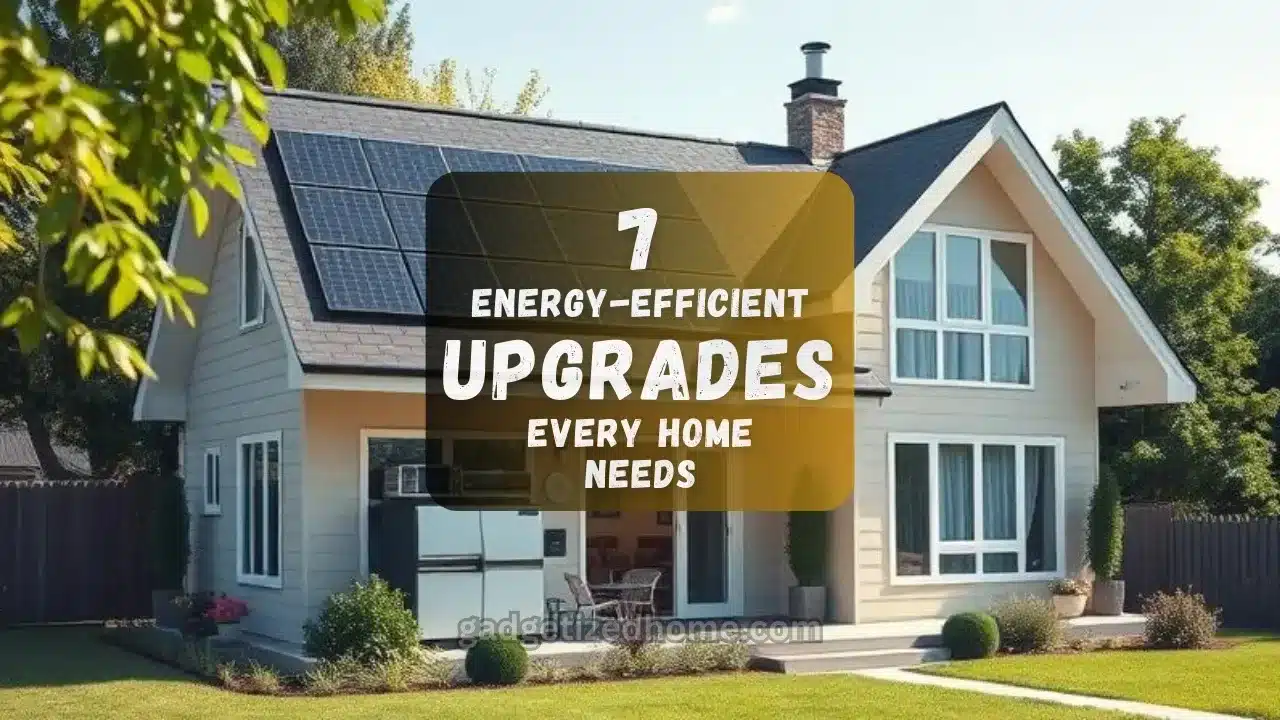Energy costs and the need for smarter home upgrades are rising. An energy-efficient home saves money, reduces waste, and helps the environment.
Making small changes can have a big impact. From switching to LED bulbs to installing smart thermostats, every upgrade adds up. These changes don’t just cut down your utility bills—they also make your home more comfortable and modern.
Are you not sure where to start? This guide covers 7 must-have upgrades that will make your home more energy-efficient.
Let’s dive in!
1. LED Lighting for Every Room
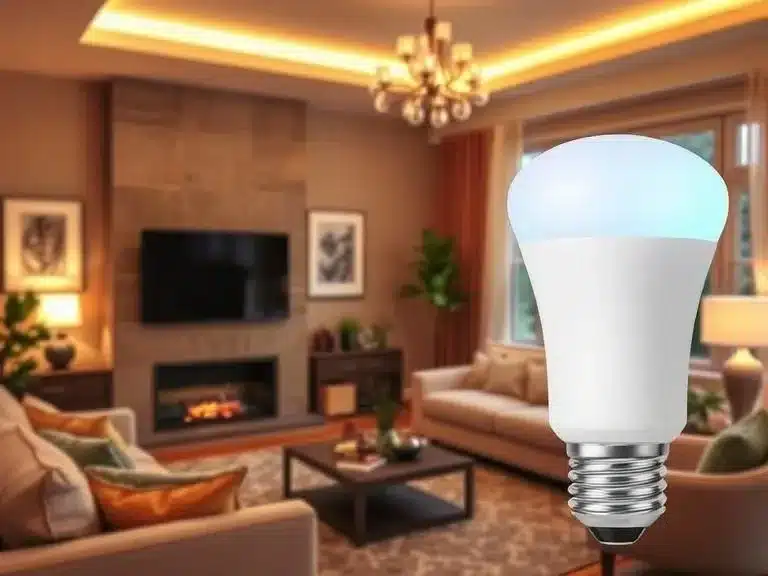
Lighting makes up a big part of your electricity bill. If you’re still using old incandescent bulbs, it’s time for a change. LED bulbs use up to 75% less energy and last much longer.
Switching to LED lighting is one of the easiest and most affordable energy-saving upgrades. You can install them in every room, from the kitchen to the bedroom.
Want even more savings? Try smart LED bulbs. They let you control brightness and color using your phone or voice assistants. Motion sensor lights are also a great option for hallways, closets, and bathrooms. They turn on only when needed, saving energy automatically.
🔹 Best Upgrades:
- Smart LED bulbs (like Philips Hue or Wyze Smart Bulbs)
- Motion sensor lights for walkways and closets
- Dimmable LED bulbs to customize lighting and save power
2. Smart Thermostats for Efficient Heating & Cooling
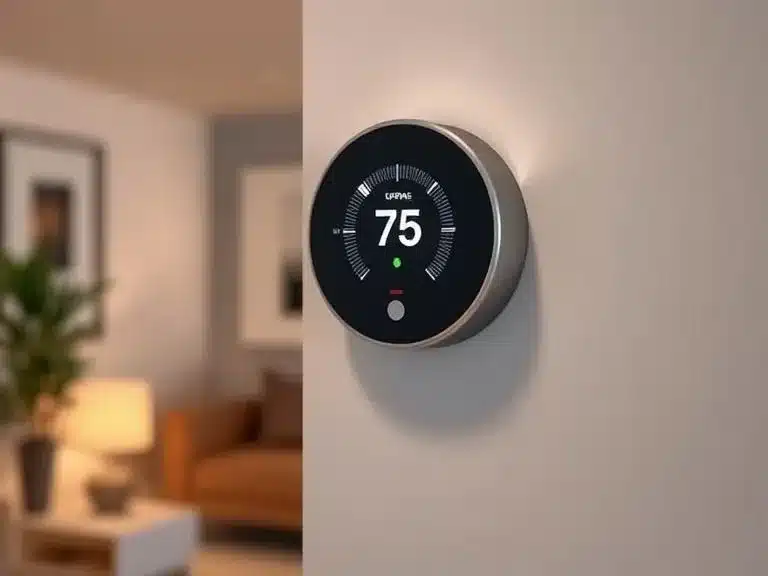
Heating and cooling make up a huge part of home energy use. A smart thermostat can cut your energy bill by learning your routine and adjusting temperatures automatically.
These devices let you control your home’s temperature from anywhere using your phone. They also detect when you’re away and adjust settings to save energy. Some even provide reports on your energy usage so you can track savings over time.
If your home has multiple zones, a smart thermostat helps distribute heating and cooling more efficiently. This means no more wasting energy on empty rooms!
🔹 Best Upgrades:
- Nest Learning Thermostat – Learns your habits and adjusts automatically
- Ecobee Smart Thermostat – Includes room sensors for better comfort
- Honeywell T10 Pro – Offers App Control, Touchscreen
3. Energy-Efficient Windows & Insulation
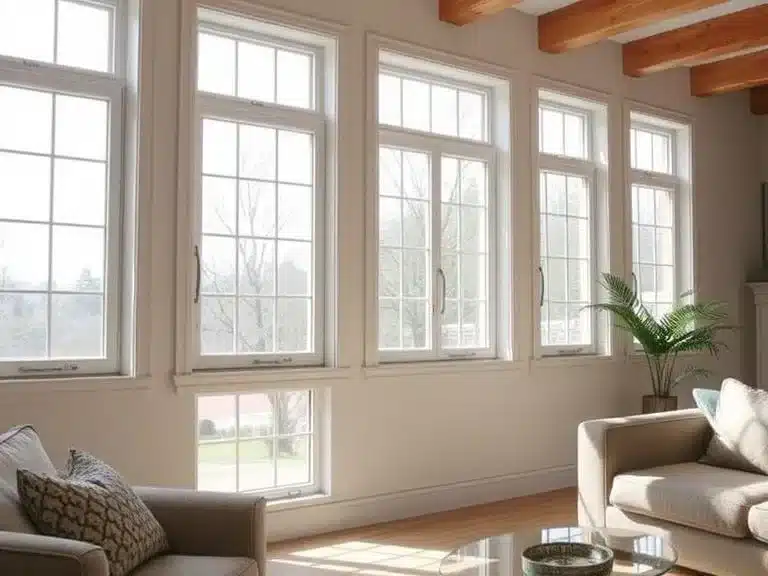
A lot of energy is wasted through poorly insulated windows and doors. In winter, heat escapes, making your heating system work harder. In summer, the sun heats your home, increasing cooling costs.
Upgrading to double or triple-pane windows with low-emissivity (Low-E) coatings can help maintain indoor temperatures. These windows block heat in the summer and keep warmth inside during the winter.
If replacing windows isn’t an option, there are simple fixes too. Weatherstripping, thermal curtains, and window films can make a big difference in keeping your home insulated.
🔹 Best Upgrades:
- Energy-efficient windows with Low-E coatings
- Weatherstripping to seal gaps around doors and windows
- Thermal curtains to block heat loss in winter and heat gain in summer
4. Solar Panels & Solar-Powered Devices
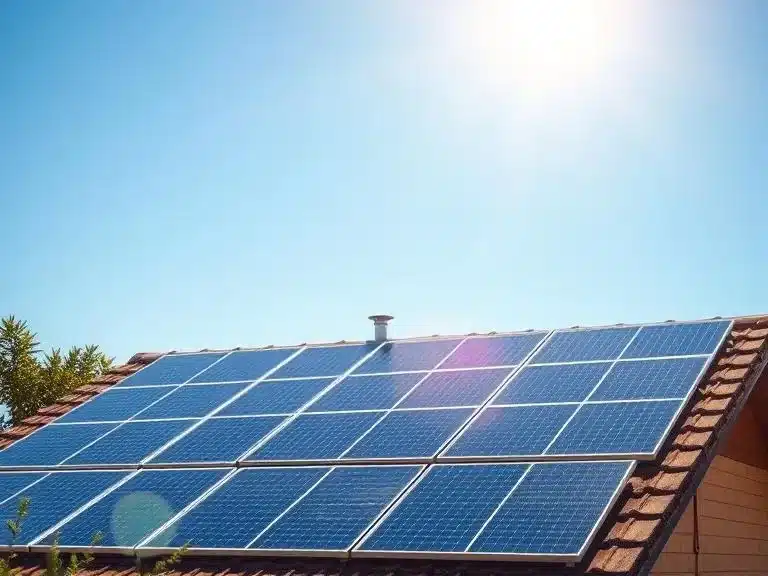
Solar energy is one of the best ways to cut electricity costs. Installing solar panels reduces reliance on the power grid and lowers your energy bill over time. Plus, many states offer tax credits and rebates for solar installations.
If a full solar panel system is too big of an investment, start small. Solar-powered outdoor lights, security cameras, and chargers are budget-friendly ways to bring solar energy into your home. These devices work independently, using sunlight to stay charged.
Switching to solar is a long-term investment, but even small steps make a difference. Over time, you’ll see the savings while also reducing your carbon footprint.
🔹 Best Upgrades:
- Solar panels for home energy savings
- Solar-powered outdoor lights for pathways and gardens
- Solar chargers for phones, tablets, and small electronics
5. Energy-Efficient Appliances
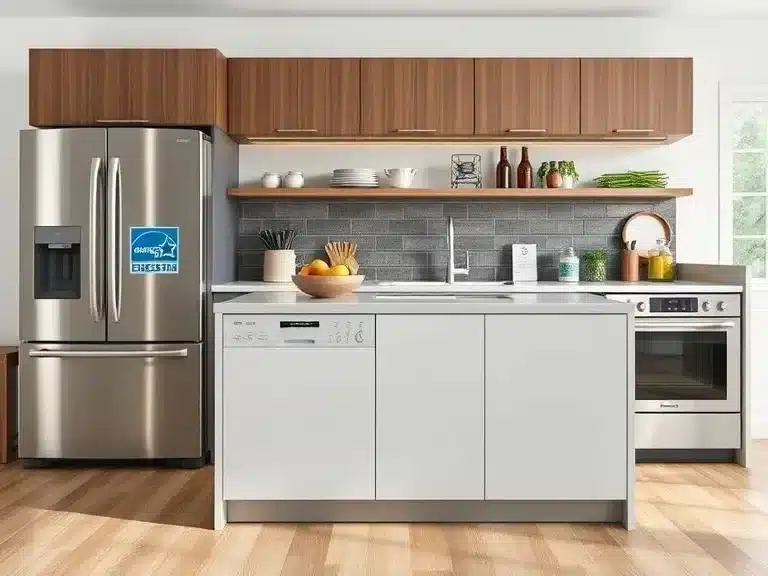
Old appliances waste a lot of energy. Refrigerators, washing machines, dishwashers, and even microwaves consume more power than you might think. Upgrading to ENERGY STAR-certified appliances can reduce energy use by up to 50% in some cases.
Modern energy-efficient appliances are designed to use less electricity and water while delivering the same or better performance. They might cost more upfront, but the long-term savings on your utility bills make them a smart investment.
🔹 Best Upgrades:
- ENERGY STAR refrigerator – Use less electricity while keeping food fresh
- High-efficiency washing machine – Use less water and power per cycle
- Portable Mini dishwasher – Adjust water usage based on load size
6. Low-Flow Water Fixtures
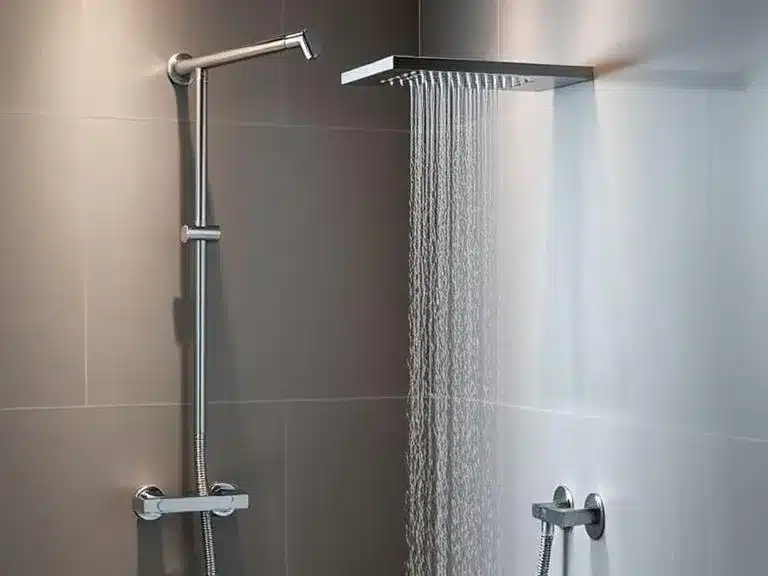
Heating water takes energy, and the more water you use, the higher your energy bill. Low-flow faucets, showerheads, and toilets help reduce water waste without sacrificing performance.
A low-flow showerhead can cut water use by up to 50%, while a dual-flush toilet lets you control how much water is used per flush. These small changes lower your water bill and reduce energy use from water heating.
🔹 Best Upgrades:
- Low-flow showerhead – Reduce water use without losing pressure
- Dual-flush toilet – Use less water for smaller flushes
- Faucet aerator – Mix air with water to maintain strong flow while using less water
7. Smart Power Strips & Energy Monitoring
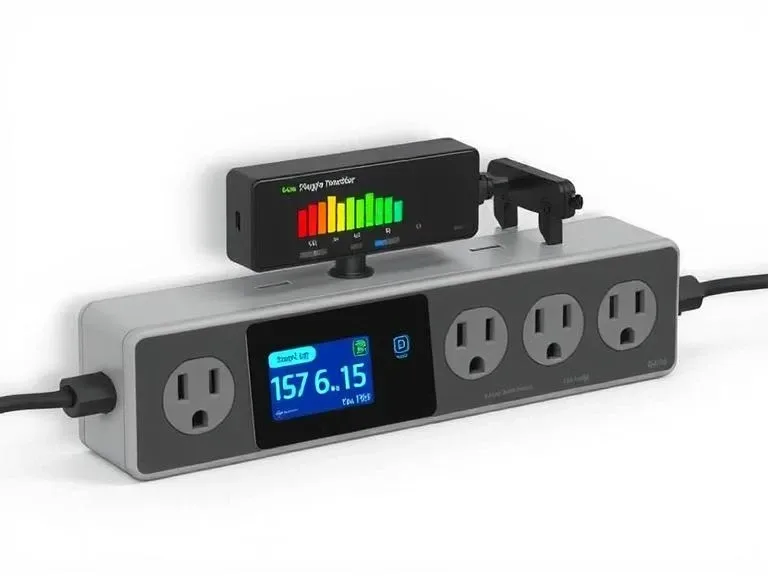
Many devices continue to use power even when turned off. This is called phantom energy drain, and it can add up over time. A smart power strip helps by cutting power to devices when they’re not in use.
Energy monitors, like smart plugs and home energy monitoring systems, track how much electricity your appliances are using. This helps you identify the biggest energy drains and adjust your usage.
With smart power strips and energy monitors, you can reduce wasted energy and lower your electricity bill effortlessly.
🔹 Best Upgrades:
- Smart power strips – Shut off power to devices automatically
- Smart plugs – Track and control energy usage remotely
- Home energy monitor – Identify high-energy appliances and improve efficiency
Conclusion
Making your home energy-efficient doesn’t have to be complicated. Small upgrades like LED lighting, smart thermostats, and low-flow fixtures can lead to big savings over time. Investing in solar power, energy-efficient appliances, and smart power strips helps reduce waste and lower your bills.
Every step toward energy efficiency makes a difference—for your wallet and the planet. Start with one upgrade and build from there!
Thanks for reading! Hope this guide helps you create a smarter, more efficient home. 😊✨
FAQs
What is the easiest energy-efficient upgrade for my home?
The easiest upgrade is switching to LED bulbs. They use up to 75% less energy than traditional bulbs and last much longer. Plus, smart LED bulbs offer extra savings by allowing remote control and automation.
Do smart thermostats save money?
Yes! A smart thermostat can reduce heating and cooling costs by 10-20% by adjusting temperatures automatically based on your schedule. It prevents energy waste by lowering usage when you’re away.
Are solar panels worth the investment?
Solar panels can significantly lower electricity bills and reduce reliance on the grid. While the upfront cost is high, many states offer tax credits and rebates, making them more affordable in the long run.
How can I stop my electronics from wasting energy?
Use smart power strips to eliminate phantom energy drain—power wasted by devices even when they’re off. Smart plugs and home energy monitors also help track and reduce energy consumption.
Recent Posts
- 10 Best Nesting Tables for Small Spaces and Apartments
- 10 Best Ladder Bookshelves for Stylish Home Organization
- 9 Best Storage Trunks for Home Organization and Style
- 10 Best Room Dividers for Privacy and Stylish Spaces
- 11 Best Bar Carts for Entertaining Guests in Style
- 10 Best Decorative Accent Cabinets for Stylish Home Storage
- 9 Best Convertible Futons and Sofa Beds for Small Apartments
- 10 Best Modular Furniture Sets for Flexible and Functional Living
- 10 Best Cube Storage Units for Organized and Stylish Homes
- 9 Best Closet Organizer Systems for Maximizing Your Space
- 10 Best Murphy Beds and Wall Beds for Small Guest Rooms
- 15 Best Folding Furniture Pieces for Small Apartments and Studios
- 12 Best Storage Ottomans for Small Spaces and Apartment Living
- 9 Best Activity Tables for Kids for Fun and Learning
- 9 Best Kids’ Dressers for Organized Bedrooms
